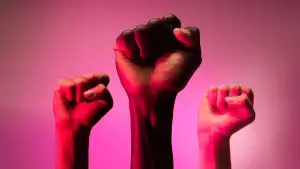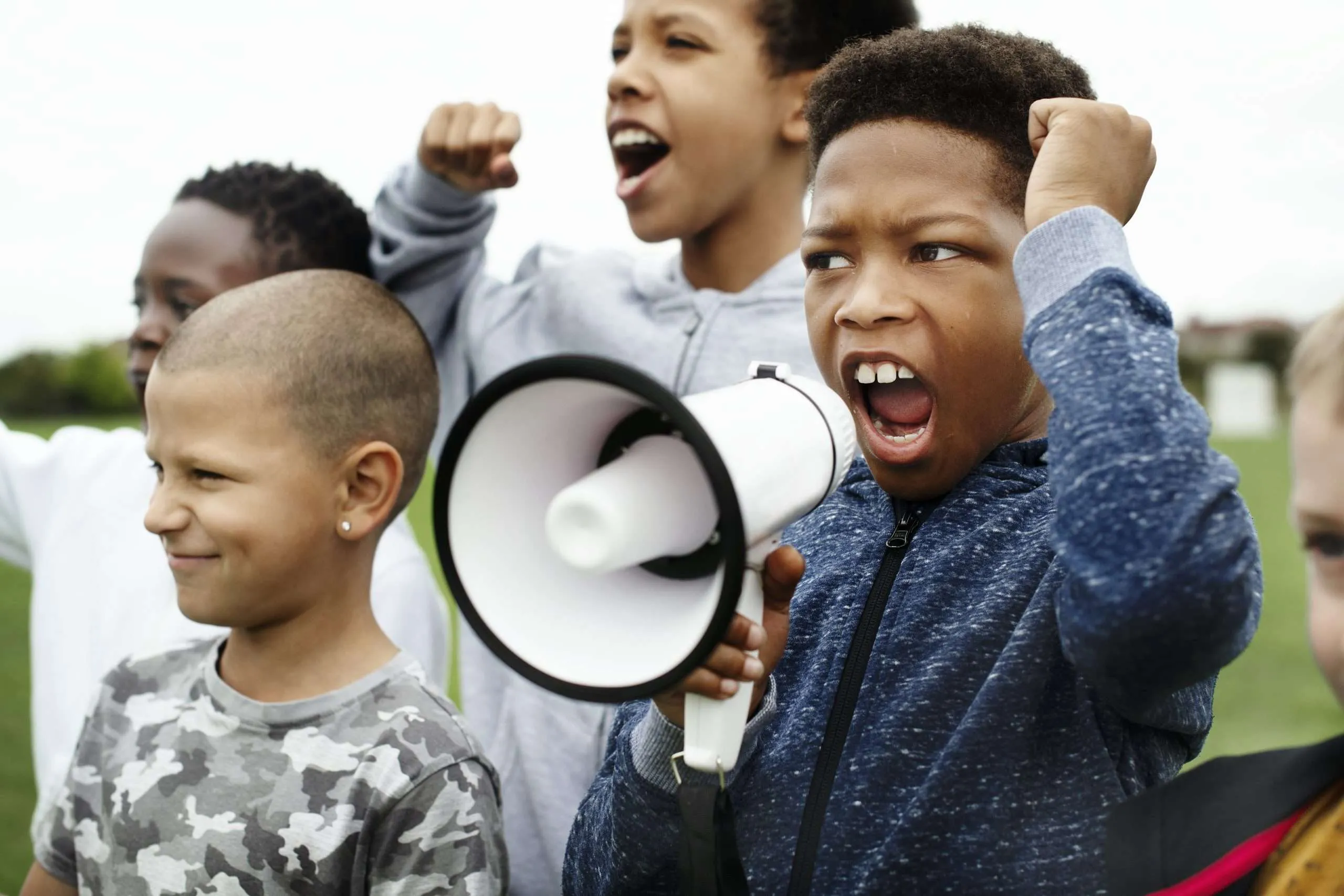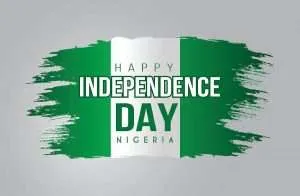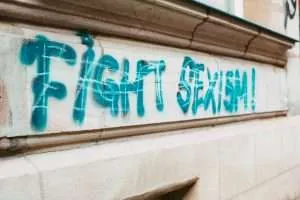With the ongoing protests in the United States and the excessive police brutality used against both protestors and rioters alike, I stand with the protestors against this violence, and pray that we see both reform in relation to police brutality as well as justice for the men and women who have died. For millions, this is a lived experience at the forefront of city life. But for tens of millions of others, it is an experience being curated and cultivated through news outlets and social media feeds. I would like to write about one theory of media, Gerbner’s Cultivation Theory, and apply it to protests in the United States
My Background
For myself, I live in the suburbs of Lafayette, Indiana. While our house is intentionally situated near the lower-income parts of my city due to my father’s employment at a community center, we are nowhere near the far more urban areas of the city, where political action and gatherings may occur. Our neighbors are predominantly white, with a few exceptions. So it makes sense that I would not actively see how the local African-American community has reacted to recent events.
But through my overly stuffed Twitter feed and my Facebook feed, I am consistently exposed to the events of the last week. Whether it is footage of police assaulting peaceful protestors or of white individuals destroying and burning the property of local communities, people can be thoroughly saturated with all sorts of images. Many of them are selectively edited to embellish or emphasize a certain point. But what all these videos do is cultivate and develop our sense of self and the other.
Gerbner’s Cultivation Theory
The notion of ‘cultivation theory’ was invented by sociologist George Gerbner in the 1960s. The White House administration commissioned the ‘National Commission on the Causes and Prevention of Violence’, an attempt to study how the presence of television violence changed growing patterns of violence in the United States. One of the projects was Gerbner’s Cultural Indicators Project. The project would eventually fixate on understanding the frequency of violence among prime time television, and how that affects the reader’s view of things.
While our media ecosystem has complicated itself since Gerbner’s original project, there is a lot to indirectly apply from it to our own lives. Many of the people who initially studied violence in media presumed that by watching other people commit violent acts, people would become more violent. What Gerbner determined was that people did not become more violent by watching violent content, but that they became more afraid of violent threats. So if television constantly presents black men as violent aggressors and criminals, it increases the fear of black men among viewers depending on viewing habits.
Gerbner found this immediately concerning, since the prevalence of fear would often drive men to support and vote in line with their fear. In a statement made to 1981 Congressional subcommittee on communications, Gerbner affirmed that “Fearful people are more dependent, more easily manipulated and controlled, more susceptible to deceptively simple, strong, tough measures and hard-line postures.” Gerbner believed that how we presented violence in the world affected the way we related to the world. And if all our media ecosystem does is make us more and more scared, then that will only lead to more policies designed to quell that fear.
How Gerbner’s Cultivation Theory Applies to Protests
So how does this play out in the George Floyd protests? There are a multitude of variables that can affect this, most of which is playing out on cable news and on your social media feed.

Early in the Minneapolis protests, government officials stated that ‘foreign instigators’ were playing a significant part in the rioting and violence that defined the first few nights of the Minneapolis protests, which were predominantly peaceful. In many cases (captured on video) these instigators were white men and women taking violent and undesired actions against local stores and residents, and not local residents. But who were these men and women?
In many scenes, the individuals Based on cultivation theory, your response might differ. The consumer of consistently right-oriented media would say Antifascists and left-leaning anarchists. Those who are avidly left-leaning in their politics might blame the alt-right or white nationalists attempting to infiltrate and frame the black communities. And many protestors have implicated them as undercover cops attempting to frame the riots.
This isn’t to say these organizations are not playing a part in the ongoing protest. Now that events have escalated to a nationwide spread, evidence grows regarding a multitude of groups, and will take time to parse out and determine what actually happened. But there is a long history for each political orientation toward blaming certain forms of violence and action on the groups mentioned.
Classifying Actors
So if users are consistently exposed to these ideas, then their fears may be ‘cultivated’ to see select organizations as faulty and violent actors. And if their fear grows large enough, it could be used to justify some very concerning decisions, such as classifying the non-organization of Antifa as a terrorist group.
In the same way, police suffer from the same problem. As the protests have grown in size and scope, so have the series of videos about police brutality. Whether it is excess force or the routing of peaceful protestors without provocation, images and videos of police have increased significantly and are changing the way people see it. In fact, it is immensely contrary to how police are represented in traditional media.
As analysts have pointed out, dozens upon dozens of our television programs are about the police. These programs often present them in heroic manners, offering them struggles and trials without dealing with the realities of overt violence and racism that has concerned some individuals. The television show COPS, a live-action recording of police action on a nightly basis, has been an example of this, with officers often provoking and using unnecessary force to create drama. But this constant exposure often cultivates a trust in police officers and a decrease in whether they consider officers to be violent.
Final Thoughts on Cultivation Theory
But to conclude, what our media ecosphere exposes us to consistently will often be what we believe. Whether it is constant violence or the heroic nature of police, our media affects who and what we value. That should lead us, the consumer and the creator to consider not only what we are presenting, but also what we fixate on. Does it inspire fear? Does it demean the other? These are questions that must be grappled with, and Cultivation Theory helps us grasp the answers.
Analysis of Social Media Regulation in Mexico
Frequently asked questions About Cultivation Theory
What is Gerbner’s Cultivation Theory?
Gerbner’s Cultivation Theory is a communication theory that explores the long-term effects of television on viewers’ perceptions of social reality.
What is the “cultivation differential” in Cultivation Theory?
The “cultivation differential” refers to the difference in perceptions between heavy and light television viewers. Heavy viewers are expected to perceive the world in ways more consistent with the television content they consume.
What is the “mean world syndrome” in the context of Cultivation Theory?
The “mean world syndrome” is a concept in Cultivation Theory where heavy viewers of television, especially violent content, tend to perceive the world as more dangerous and hostile than it actually is.
What does Gerbner’s Theory assume about the impact of television on perceptions?
Cultivation Theory assumes that long-term exposure to television shapes individuals’ perceptions of social reality, with television presenting a coherent and consistent view of the world.
How does resonance play a role in Cultivation Theory?
Resonance in Cultivation Theory suggests that the impact of television is stronger for individuals whose real-life experiences resonate with the content they watch, intensifying the cultivation effect.
What are some criticisms of Gerbner’s Theory?
Critics argue that Cultivation Theory oversimplifies the relationship between television and audience perceptions, neglecting individual differences, selective exposure, and the influence of other media sources.
How has Cultivation Theory evolved over time?
Originally focused on television, Cultivation Theory has evolved to consider the impact of other media, including the internet and video games, on individuals’ perceptions of reality.
In what areas has Cultivation Theory been applied?
Cultivation Theory has been applied to various social issues, including perceptions of gender roles, political attitudes, and racial stereotypes. It provides a framework for understanding how media exposure contributes to shaping societal norms and beliefs.







